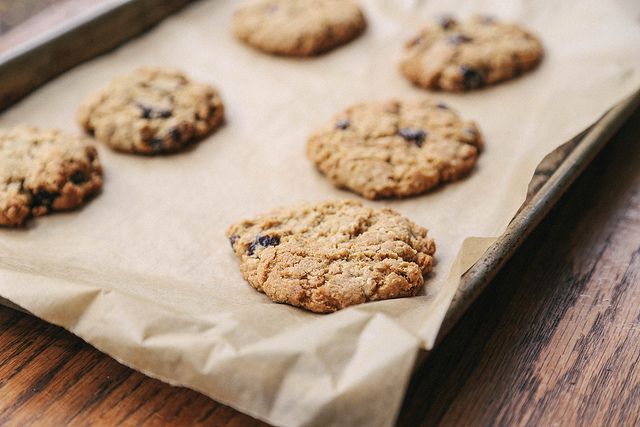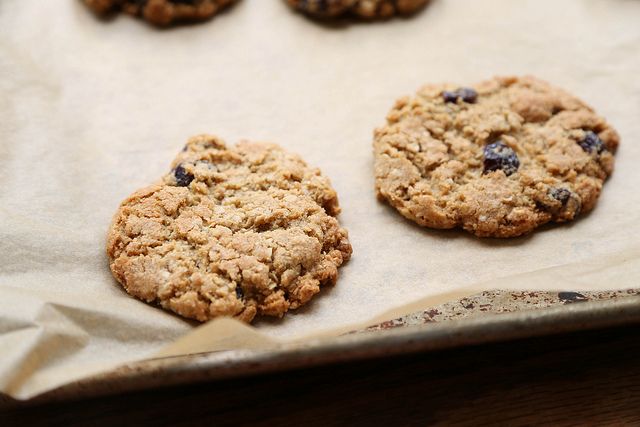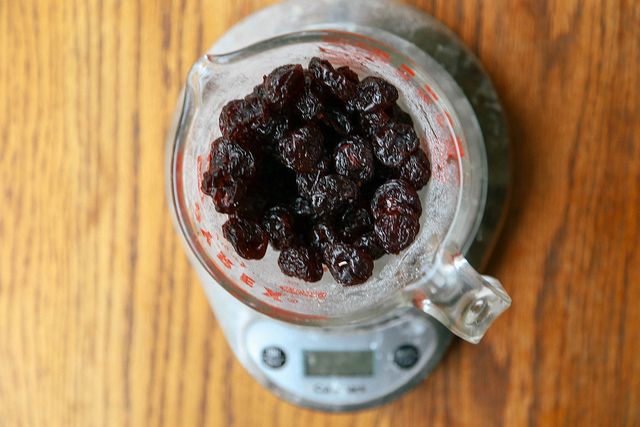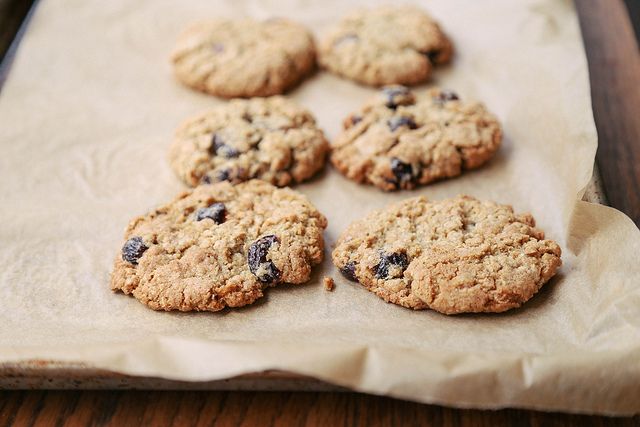Popular on Food52
Continue After Advertisement
21 Comments
Goodlodcook
December 31, 2023
After reading the first few paragraphs I was surprised to read that what my mother did with her flour measurements was not the norm. She always sifted the flour into the measuring cup and scraped off the flour on top. No matter what. I still remember how her bake goods were better tasting than all the other mons. I’ll be 74 in March I’m glad someone figured it out.👍
Yemaya42
December 11, 2021
Would like to know your thoughts on using a natural sugar free substitute instead of sugars for GF recipes.
Janie S.
December 9, 2018
Hi Shauna, I'm new to gluten free baking (a personal choice although I do have family members with gluten intolerance) . My (once moist and lovely) muffin recipe isn't turning out the same now that I'm using a gluten free baking mix. I have found that the 2/3 cup of milk and 2/3 cup of oil,plus an egg don't moisten the batter anymore ... Looks and acts more like crumbs that have to be compressed into the tins ... HELP !!
Suzanne
July 20, 2015
WOW! Thank you so much for the simple conversion! I discovered a red currant bush growing in our yard and I had no idea how to use all the berries. I found a muffin recipe but I needed to change it to gluten free flour and I'm so glad I found this post. I just used 140 grams of regular GF all-purpose flour and the muffins turned out delicious! :) I look forward to trying some of your other recipes since you obviously know what you're doing! :) Thanks!
Mally
July 19, 2015
Hi GlutenFreeGirl! Great post - very helpful information. I just bought a kitchen scale and am excited to begin measuring my flour out correctly now. :) I do have a question about using coconut flour in recipes - it is a very different flour, so I assume it wouldn't be a 1:1 ratio for regular (or gluten free multipurpose) flours. Do you have a set weight for when using coconut flour in recipes or does it solely depend upon the recipe?
Thanks for your expertise! :)
I look forward to making your cookies!
Mally
Thanks for your expertise! :)
I look forward to making your cookies!
Mally
Debby G.
December 20, 2014
I love my cranberry bread recipe but want to convert it to gluten free so I can give it to someone who can't have gluten. I bought Pillsbury Gluten Free multi-purpose gluten free flour blend (rice flour, potato starch, pea fiber, tapioca starch and xanthan gum). Will this work as a substitute? Will I have to adjust or eliminate BP or BS?
Denise P.
August 20, 2014
Hi, I made an apple cake using a pre mixed gluten free flour. It called for 2 eggs, I used 3, but it still didn't hold together well. It's not all falling apart, but it's not the way it should be. I did use the xanathan gum also. Any suggestions. Thanks, Denise
Madeline
October 26, 2013
am trying to make gf-grain free pizza but i just dont know where to start with the flour, i have Bobs red mill Quinoa flour and i have coconut flour ? so where do i start to make the crust?
elmleaves
September 19, 2013
Can I use vegetable oil instead of the butter to make cookies or biscuits, cause I got high cholesterol?
Sophia
August 22, 2013
Thank you very much for the advice. This helps me a lot. I also look forward to trying your oatmeal almond cherry cookie recipe!
dt
June 24, 2013
Thank you thank you thank you!! This post is exactly what I have been needing to expand my repertoire of GF cooking. Simple at it's core, but just a tad bid more info to help me "tweak" as needed. I'm inspired. (P.S. I love it all the more that it has no xanthan gum in it. I prefer cooking without it if I can get by without -- though with some recipes, I add an extra egg white.)
GoodFoodie
June 24, 2013
While I love Shauna's work (and her new cookbook), I think people new to gluten free baking need- need something to 'glue' it all together. For example, I recently made Wild Rice Cookies that literally fell to bits because there wasn't anything like xantham gum included in the ingredients to hold it together. Be aware folks!
glutenfreegirl
June 24, 2013
I have found that we don't need xanthan gum or any other binder if the ratio of flours to fats to liquids to eggs is accurate. In fact, in this recipe, the coconut flour works as a hydrocolloid, absorbing some of the liquids and holding the cookies together. So remember -- it's about the recipe!
GoodFoodie
June 24, 2013
Hmmm interesting science at work. Is there any way tell beforehand - such as the inclusion of coconut flour - whether the ingredients will hold together or not without those additions = to ID a 'good' recipe?
Atlanta
June 24, 2013
I wouldn't mind trying these cookies--Shauna, how could I adapt your recipe so as to include guar or xanthan gum so that I don't end up with GoodFoodie's experience! Thank you so much! :)
glutenfreegirl
June 24, 2013
You don't need xanthan or guar gum in these cookies. I took those photos. These are the cookies from the recipe.
Atlanta
June 24, 2013
"This one might be tough -- in the age of the internet, the first recipe that pops up from your search might not be a good one. It might be that the team that put it online did whatever necessary to make sure it shows up first in your search. Ever made a recipe online and blamed yourself when it turned out horribly? Don't. It might have been poorly written."
It's not tough at all. Use Allrecipes.com. They have tens of thousands of recipes and a large GF section. Each recipe is reviewed by those who have already made it (removing further guesswork), sometimes by hundreds of users. Great resource.
It's not tough at all. Use Allrecipes.com. They have tens of thousands of recipes and a large GF section. Each recipe is reviewed by those who have already made it (removing further guesswork), sometimes by hundreds of users. Great resource.
Kenzi W.
June 24, 2013
I think what Shauna is saying is just that there are plenty of not-so-great resources along with the great ones. It's just a warning to read and select carefully!
trifle-n
June 25, 2013
I second the Allrecipes's gluten free section. I go by recipes that have many reviews that are well-written. Sure, in this day and age, people will sometimes puff reviews with fake feedback, but if a recipe has 30 reviews where it seems the majority actually MADE the recipe, I'll take a chance on it. GF flours cost too much money to waste them on a bad recipe!
The P.
June 24, 2013
Now I feel that my worlds are truly aligning! Shauna Ahern is one of my wife's heroes as an example of how to thrive and continue to eat well and enjoy fine food in spite of having celiac disease. And as I am the chief cook and bottle-washer in our house, "The Gluten-Free Girl and the Chef" gets lots of work in our kitchen! I'm glad to see her on Food52.





See what other Food52 readers are saying.